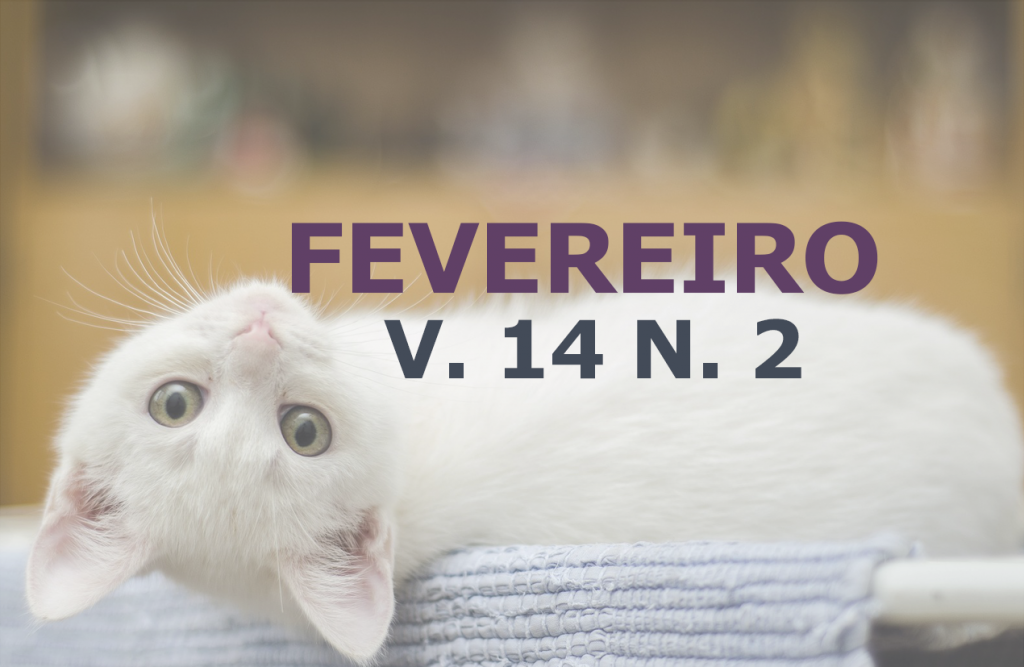Prevalência soroepidemiológica de Leptospira spp. em rebanhos bovinos leiteiros da mesorregião do Rio Doce no Estado do Espírito Santo
DOI:
https://doi.org/10.31533/pubvet.v14n2a505.1-11Palavras-chave:
leptospirose, manejo, sorovaresResumo
Objetivou-se investigar a prevalência e os fatores de risco da Leptospirose em rebanhos bovinos leiteiros da mesorregião do Rio Doce, ES, composta por seis municípios: Aracruz, Ibiraçu, João Neiva, Linhares, Rio Bananal e Sooretama. As propriedades foram sorteadas aleatoriamente, sendo duas propriedades por município. Admitiu-se como critério de seleção destas propriedades por não apresentarem o manejo de realização da vacinação anti-Leptospira nos animais. O número de amostras sanguíneas em cada propriedade foi de acordo com a disponibilidade de animais, que totalizou 100 amostras de sangue. A técnica sorológica utilizada foi a de Soroaglutinação Microscópica (SAM). As amostras de soro foram submetidas a diluições com 10 (dez) antígenos vivos que inclui os sorovares: L. australis, L. butembo, L. copenhageni, L. bratislava, L. canicola, L. grippothyphosa, L. hardjo prajitno, L. pomona, L. icterohaemorrhagiae, L. Wolffi do gênero Leptospira spp. da espécie interrogans. A prevalência dos sorovares neste estudo foi de Wolffi (24%); Bratislava (15%); Hardjo prajitno (11%); Pomona (10%); Butembo (10%); Australis (8%); Canicola (5%); Icterohaemorragiae (5%); Grippotyphosa (4%); Copenhageni (3%). Os resultados demonstram que a Leptospirose bovina está presente na mesorregião com 50% de prevalência em indivíduos, sendo os principais fatores de risco a não vacinação, presença de roedores, criação conjunta e rebanho aberto.
Downloads
Publicado
Edição
Seção
Licença
Copyright (c) 2020 André Eller Baroni, Gabriella Bossanelli, Rithielli Boening Boelcke, Leonardo Campos Almeida

Este trabalho está licenciado sob uma licença Creative Commons Attribution 4.0 International License.
Você tem o direito de:
Compartilhar — copiar e redistribuir o material em qualquer suporte ou formato
Adaptar — remixar, transformar, e criar a partir do material para qualquer fim, mesmo que comercial.
O licenciante não pode revogar estes direitos desde que você respeite os termos da licença. De acordo com os termos seguintes:
Atribuição
— Você deve dar o crédito apropriado, prover um link para a licença e indicar se mudanças foram feitas. Você deve fazê-lo em qualquer circunstância razoável, mas de nenhuma maneira que sugira que o licenciante apoia você ou o seu uso. Sem restrições adicionais
— Você não pode aplicar termos jurídicos ou medidas de caráter tecnológico que restrinjam legalmente outros de fazerem algo que a licença permita.





